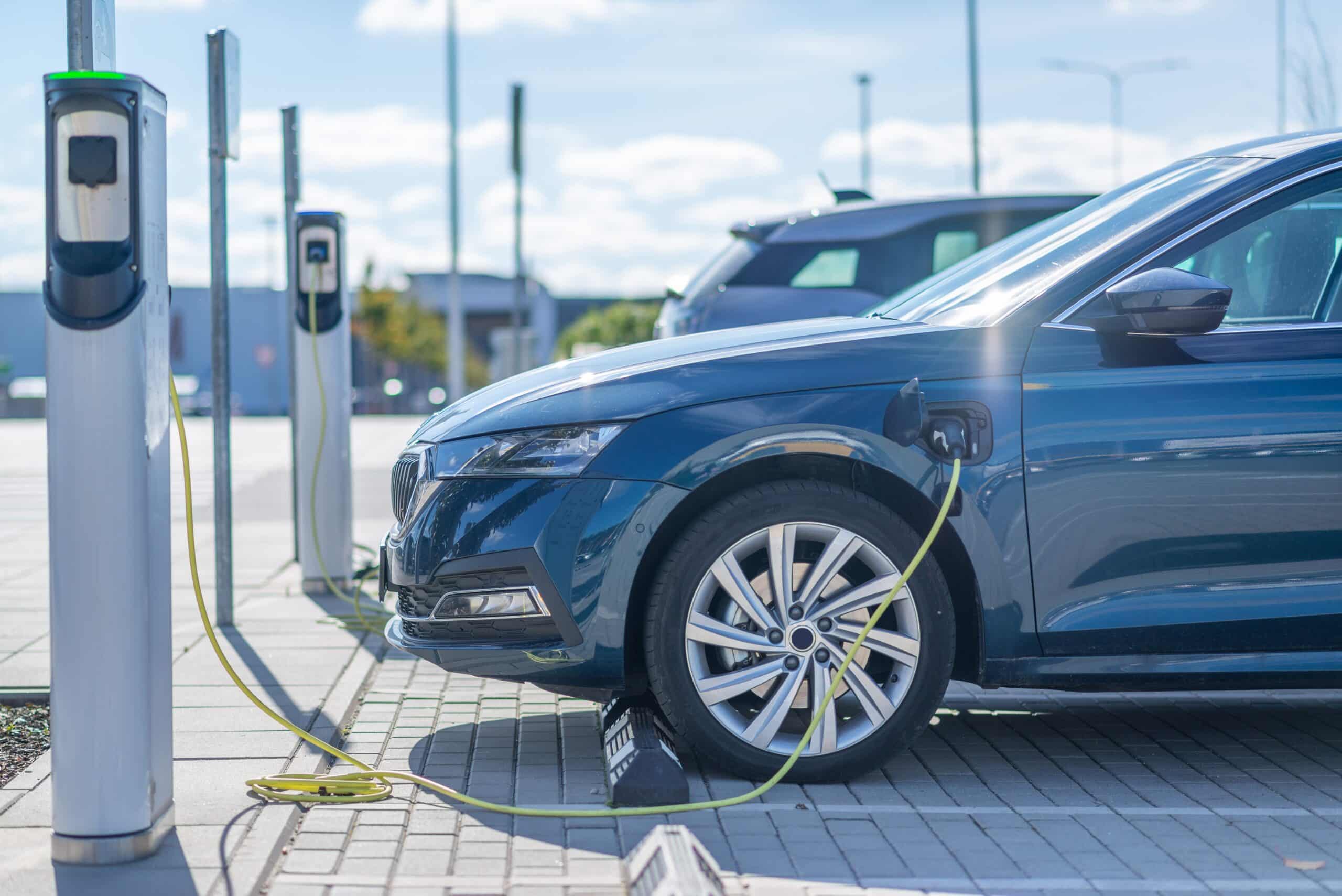
Projecting Electric Vehicle Ranges in 2030: A Glimpse into the Future of Sustainable Transportation
- oobeo
- February 19, 2024
- All articles
- 0 Comments
As the world marches forward towards a greener future, the automotive industry stands at the forefront of innovation, particularly with the rapid advancement of electric vehicles (EVs). With each passing year, EV technology evolves, promising greater efficiency, longer ranges, and increased accessibility. Looking ahead to 2030, we can anticipate significant strides in EV range capabilities, driven by advancements in battery technology, charging infrastructure, and overall vehicle design.
So what do we think will be the EV range in 2030 and its impact to parking operators approach to charging for, ahem charging…?

Battery Technology: The Backbone of EV Range
One of the most critical factors influencing EV range is battery technology. Over the past decade, we’ve witnessed remarkable progress in battery energy density, efficiency, and longevity. This trend is expected to continue into 2030 and beyond.
Lithium-ion batteries, the current standard in EV power storage, are likely to see improvements in materials and manufacturing processes, resulting in higher energy densities. Moreover, breakthroughs in solid-state batteries hold promise for even greater energy storage capacities and faster charging times. By 2030, it’s conceivable that EVs could boast significantly larger battery packs without compromising weight or space, translating to extended driving ranges.
Charging Infrastructure: Paving the Way for Long-Distance Travel
Another crucial aspect of EV adoption is the availability of charging infrastructure. In 2030, we can expect a widespread network of fast-charging stations, making long-distance travel in EVs more practical and convenient.
Advanced charging technologies, such as ultra-fast chargers capable of replenishing hundreds of miles of range in mere minutes, will become commonplace. Additionally, improvements in home charging solutions and the integration of renewable energy sources into charging networks will further enhance the appeal of EV ownership.
With a robust charging infrastructure in place, drivers can confidently embark on cross-country road trips without the range anxiety that plagues many current EV owners.
Vehicle Design and Efficiency: Maximizing Range without Compromise
In the quest for greater EV ranges, automakers will continue to refine vehicle design and optimize energy efficiency. Aerodynamic enhancements, lightweight materials, and improved drivetrain efficiency will all contribute to squeezing every mile possible out of each charge.
Moreover, the integration of artificial intelligence and predictive analytics into EV systems will enable smarter energy management, allowing vehicles to adapt their performance based on driving conditions and user preferences. By leveraging real-time data and machine learning algorithms, EVs of the future will deliver unparalleled efficiency without sacrificing performance or comfort.
Projected EV Ranges in 2030: A Range of Possibilities
While exact figures may vary depending on factors such as vehicle size, driving habits, and environmental conditions, it’s reasonable to expect significant improvements in EV ranges by 2030. Current models offering 200-300 miles on a single charge could potentially double or even triple their range, pushing towards the 600-900 mile EV range mark.
In addition to mainstream passenger cars, electric trucks, buses, and commercial vehicles will also see substantial gains in range, making electric propulsion viable across a wide range of applications.
Conclusion
The future of electric vehicles is bright, with 2030 poised to usher in a new era of sustainable transportation. With advancements in battery technology, charging infrastructure, and vehicle design, EV ranges are set to soar to unprecedented heights, empowering drivers to embrace emission-free mobility with confidence and convenience.
As we continue to strive towards a greener, more sustainable future, the evolution of electric vehicles stands as a testament to human ingenuity and determination. With each passing year, we inch closer to a world where clean, efficient transportation is the norm rather than the exception.
What does this mean for asset holders looking to invest in EV infrastructure?
Be careful about your investment thesis and payback periods. While the demand for charging may increase as EV adoption grows, the typical range of a mature EV today already means daily charging is not required but for those doing a lot of driving…by 2030 there is a chance we are charging our cars once a month…








